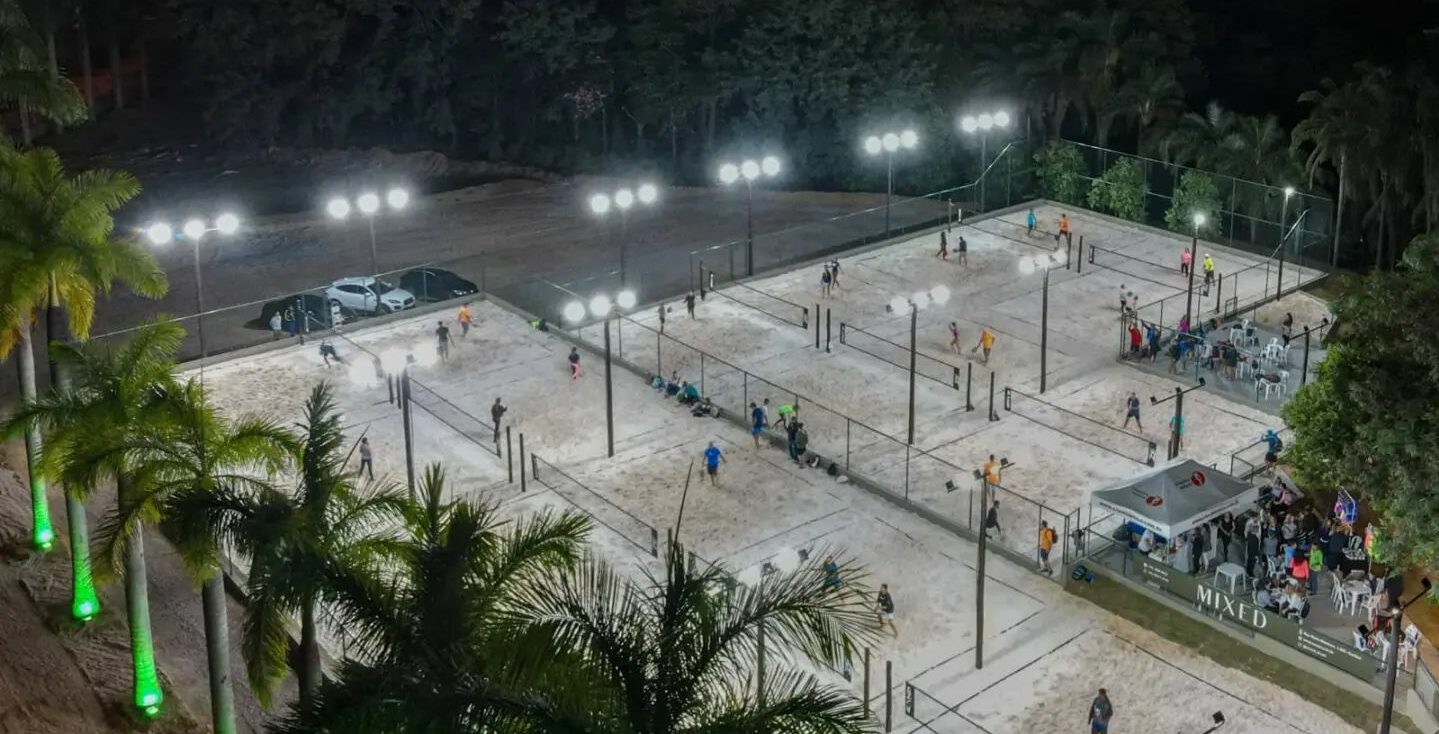What are the stadium lighting standards -Outdoor lighting?

1, the stadium lighting should meet the use requirements of athletes, referees and spectators. If there is a television broadcast, the lighting requirements of the television broadcast should be met.
2, when major international competitions are broadcast on high-definition television, sports lighting should still meet the technical requirements of relevant international sports organizations and institutions.
3. The lighting design of major competition venues should consider the special functional lighting requirements at the time of the competition.
4, stadium lighting should include competition venue lighting, audience lighting and emergency lighting.
5, sports building design stage, should also consider the lighting design requirements.
6, the stadium lighting design should meet the corresponding lighting indicators at the same time, lighting energy saving should be implemented.
7. After the installation of the stadium lighting system and before major competitions, lighting testing should be carried out.
According to these 7 points, the outdoor lighting field lighting standard has the direction! So outdoor lighting stadium lighting should pay attention to the following:

1, outdoor lighting stadium lighting calculation maintenance coefficient value should be 0.8; The maintenance factor of outdoor stadiums in foggy and polluted areas can be 0.7.
2. The ratio of minimum vertical illuminance and maximum vertical illuminance in the four directions of each calculation point of the competition venue shall not be less than 0.3; HDTV should not be less than 0.6 when broadcasting major games.
3. The average vertical illumination of the front 12 rows of the audience seats and the rostrum facing the field direction should not be less than 10% of the average vertical illumination of the landlord’s camera direction in the arena. The average level illumination value of the podium should not be less than 200lx, and the minimum level illumination value of the audience should not be less than 50lx.
4, when selected with LED sports lights, the color tolerance of similar light sources should not be greater than 5 SDCM.
5, the protection level of the outdoor lamp shell should not be lower than IP55, and the protection level of the place that is not easy to maintain or seriously polluted should not be lower than IP65.
6. The lamps installed at high altitude should be light in weight, small in size and small in wind load coefficient.
7, the lamp should come with or with an Angle indication device. The lamp locking device should be able to withstand the maximum wind load under the conditions of use.
8, outdoor lighting field lighting should be arranged on both sides, four corner layout and mixed layout.
9. Regarding super slow motion playback, the International Sports Federations (GAISF), FIFA, and the Olympic Broadcasting Service (OBS) have all stipulated the vertical illumination of slow motion playback and super slow motion playback, requiring no less than 1800lx, and even reaching about 20001x.
10, in practical applications, strobe is especially important for stadium lighting, when the broadcast of the game needs slow motion or super slow motion replay, the picture is easy to shake phenomenon. Therefore, the London Olympic Games has classified the stroboscopic broadcast of sports television: the maximum stroboscopic less than 1% is no stroboscopic; Less than 6% is slight stroboscopic; Less than 10% is acceptable; More than 10% is intolerable. Many events typically require a stroboscopic ratio of less than 6%.
11. The field color rendering index and color temperature shall be the arithmetic average of the measured values at each measuring point. The deviation between the field color temperature and the rated color temperature of the light source should not be greater than 10%, and the field color rendering index should not be less than 10% of the rated color rendering index of the light source.
12, for outdoor sports facilities generally require 4000K or higher, especially at dusk and daylight have a better match, for indoor usually require 4500K or lower. From the actual use and subjective evaluation shows that when the color temperature is greater than 6000K, people will feel very uncomfortable.

